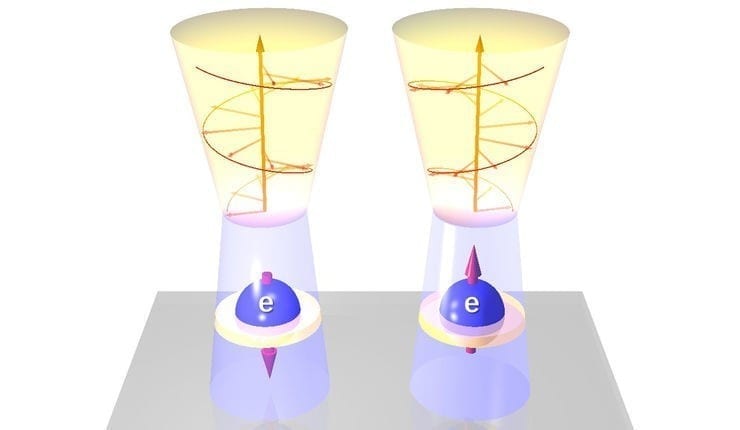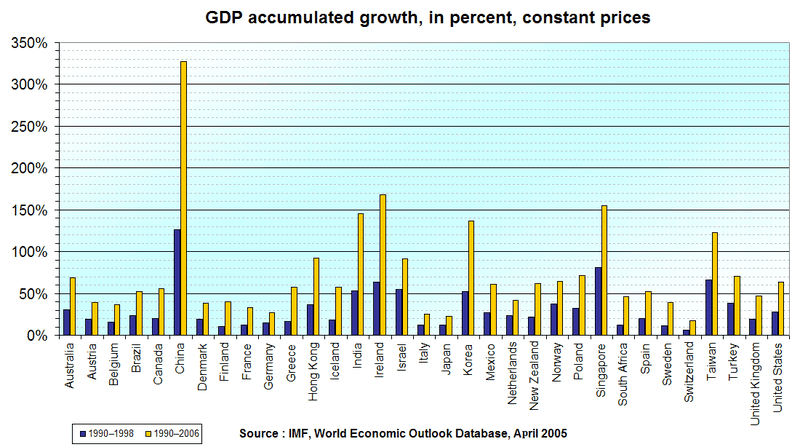
The EPA must act swiftly to evaluate the possible health risks of nanotechnology
A decade ago the great worry about nanotechnology was that it could quite literally destroy the planet. As Sun Microsystems co-founder Bill Joy warned in his essay “Why the Future Doesn’t Need Us,” self-assembling nanobots could potentially spread out of our control (Mis-)programmed to replicate ad infinitum, these subsentient bots would spread across the landscape as a gray goo of devastation, consuming the earth and every unlucky creature who called it home.
Nowadays we can only wish that our planet-dooming scenarios were so far-fetched. Our existential worries revolve around the all too immediate problems of global warming and disease, and nanotechnology—incorporated into improved solar panels, wind turbines or drug delivery mechanisms—could, if anything, emerge as an important tool to fight these threats.
Yet like any new technology, nanomaterials carry with them potential both for good and for harm. The most salient worries concern not a gray goo apocalypse but rather the more prosaic and likely possibility that some of these novel materials may turn out to be hazardous to our health or the environment. Because ordinary materials display unique properties at the nanoscale, the nanometer-size bits of a seemingly benign material might turn out to be noxious. As John D. Young and Jan Martel report in “The Rise and Fall of Nanobacteria,” even naturally occurring nanoparticulates can have an deleterious effect on the human body. If natural nanoparticulates can harm us, we would be wise to carefully consider the possible actions of engineered nanomaterials. The size of nanoparticles also means that they can more readily escape into the environment and infiltrate deep into internal organs such as the lungs and liver. Adding to the concern, each nanomaterial is unique. Although researchers have conducted a number of studies on the health risks of individual materials, this scattershot approach cannot provide a comprehensive picture of the hazards—quantitative data on what materials, in what concentrations, affect the body over what timescales.
In response to this uncertainty, the U.S. Environmental Protection Agency recently announced a grand research strategy to study the health and environmental effects of nanomaterials, a welcome step that many have been advocating for years. We hope that the program will help build a robust database that will give policy makers and the public the facts needed to understand the possible health risks that specific nanomaterials might create. And although it would be unwise to rush careful research efforts, speed is paramount. According to the Project on Emerging Nanotechnologies, more than 1,000 consumer products containing nanomaterials are available in the U.S., a number that is quickly growing.
First published on Dec 28, 2009
The Latest on: Possible health risks of nanotechnology
[google_news title=”” keyword=”possible health risks of nanotechnology” num_posts=”10″ blurb_length=”0″ show_thumb=”left”]
via Google News
The Latest on: Possible health risks of nanotechnology
- Nanotechnology in packaging: enhancing barrier properties and shelf lifeon April 29, 2024 at 4:29 am
Nanotechnology is revolutionising packaging materials, safeguarding products from spoilage and degradation while extending shelf life.
- Toxicologist, nutritionist on what to know about potential health risks of Lunchableson April 10, 2024 at 5:09 pm
MORE: 2 Lunchables approved for National School Lunch Program to be served at cafeterias next year The U.S. Food and Drug Administration says it's "not possible" to completely prevent heavy metals ...
- Toxicologist, nutritionist on what to know about potential health risks of Lunchableson April 10, 2024 at 5:00 pm
They're highly processed, and regularly eating processed meat, a main ingredient in many of these products, has been linked to increased risk of some cancers," Amy ... and Drug Administration says ...
- Toxicologist, nutritionist on what to know about potential health risks of Lunchableson April 10, 2024 at 5:00 pm
They're highly processed, and regularly eating processed meat, a main ingredient in many of these products, has been linked to increased risk of some ... says it's "not possible" to completely ...
- Dry mouth could be something more serious: Unpacking the potential health risks of xerostomiaon January 14, 2024 at 5:33 am
Other possible causes may include nighttime mouth-breathing, stress, unhealthy lifestyle habits, or smoking. In some instances, lower saliva production may be linked to serious health conditions.
- Uses of nanoparticles Nanotechnologyon March 15, 2023 at 12:15 am
Nanotechnology does bring possible risks to both the environment and human health. Many of these risks are not yet fully known. Money has been invested into researching the uses of nanoparticles.
- Possible health risks of mobile phone useon September 20, 2022 at 6:31 pm
But research is still continuing, to make sure there aren’t any potential long-term effects. Concerns have been raised that exposure to radio waves from mobile phones might cause various health ...
- Nanotechnology in Foodon August 15, 2020 at 1:55 pm
Let's take a look at the potentially beneficial effects nanotechnology-enabled innovations ... Nanotechnology also has the potential to improve food processes that use enzymes to confer nutrition and ...
- Nanotechnology in Cosmeticson August 12, 2020 at 6:57 pm
However, there are also concerns about the safety and potential health risks of using nanoparticles in cosmetics, as they are so small that they can easily penetrate the skin and potentially cause ...
- Risks and benefitson March 17, 2019 at 1:13 am
With more than 350 nanoproducts already on the market, it is time for a programme of research that fully addresses concerns about the safety of nanotechnology. Although fears that nanotechnology ...
via Bing News










